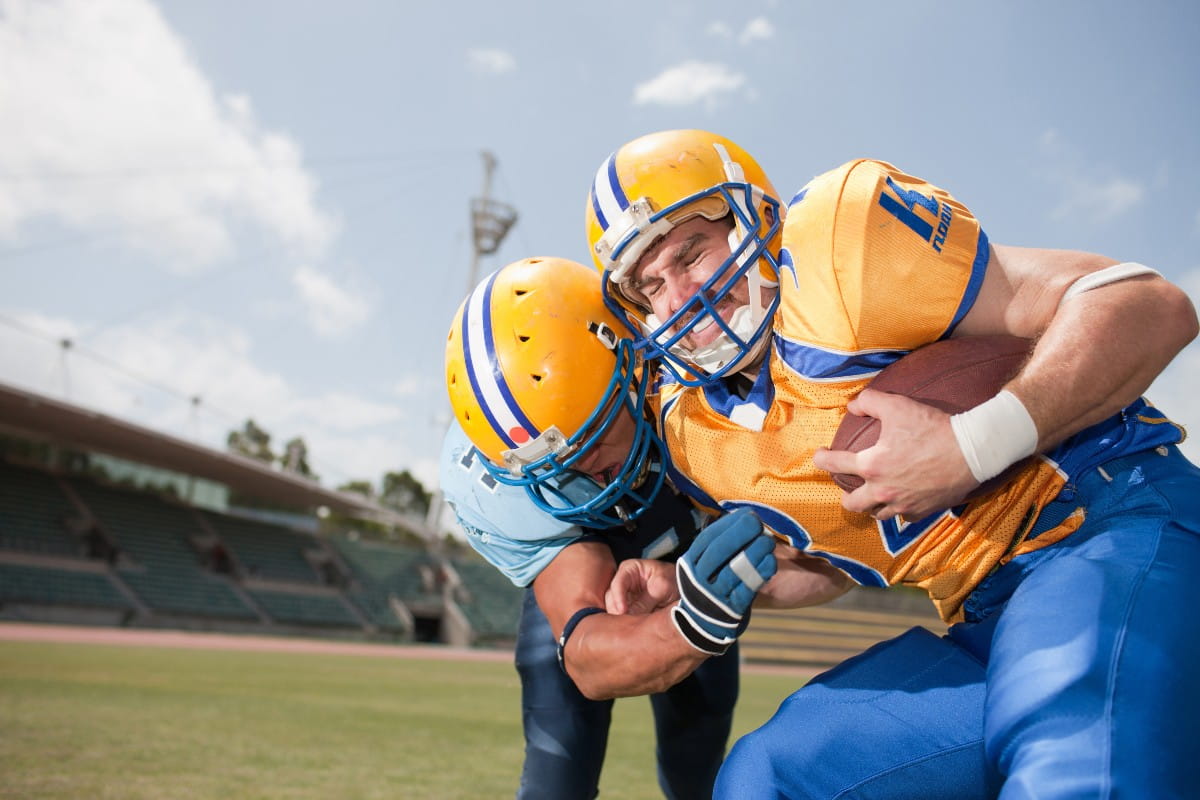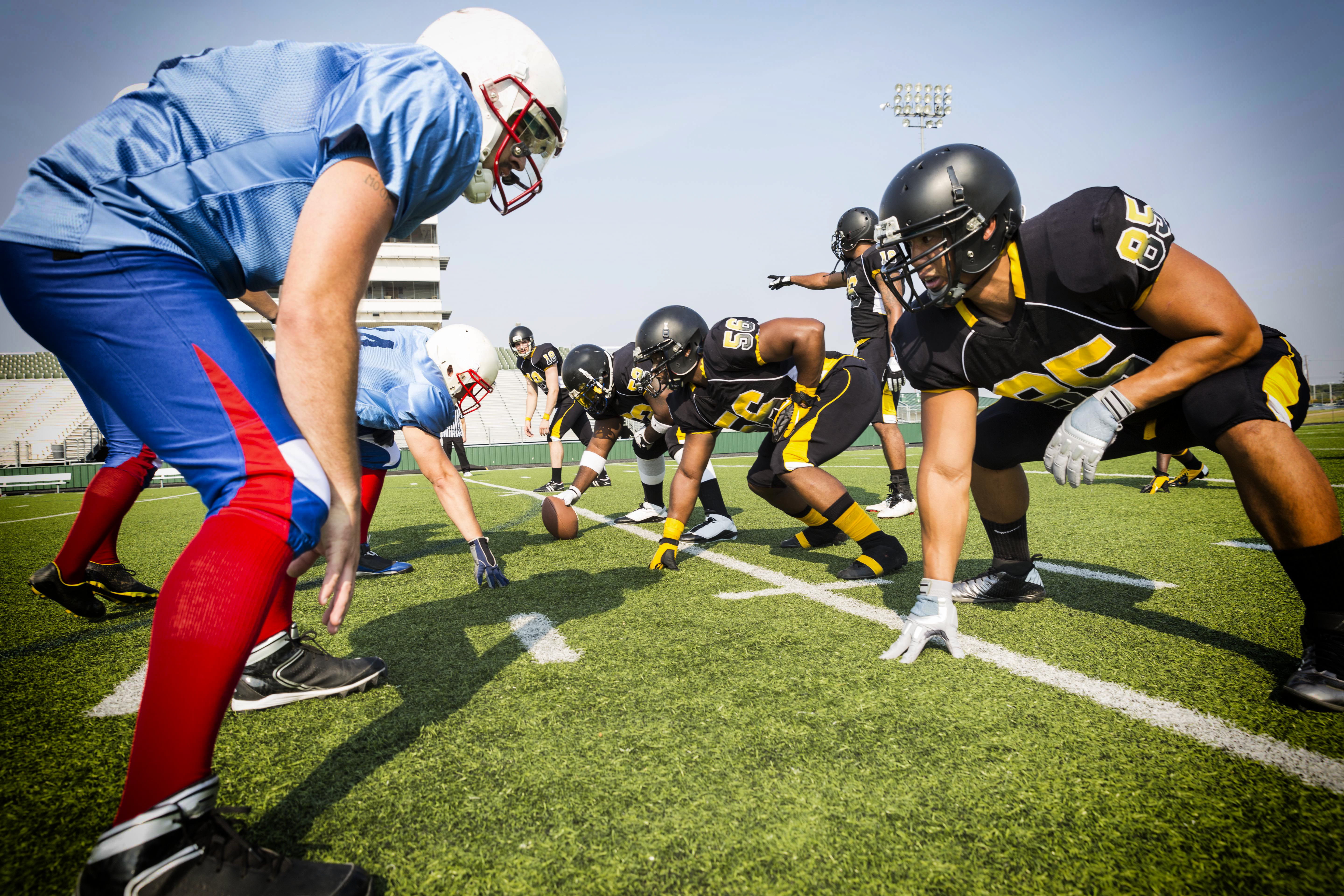The shoulder is one of the most mobile joints in the body, allowing you to reach, throw and lift with a wide range of motion. But that same flexibility makes it vulnerable to shoulder instability, especially following injury or repetitive use. Whether it's a partial dislocation (shoulder subluxation) or a full dislocated shoulder, instability can affect quality of life and limit athletic performance.
“Sports that cause collisions like football and downhill skiing, and those that involve repeated, overhead motion like tennis, baseball, volleyball and swimming can put someone at risk for shoulder instability,” says Scott R. Kling, M.D., a board-certified orthopedic surgeon with Riverside Orthopedic and Sports Medicine Specialists.
Why Does Shoulder Instability Happen?
The shoulder functions as a ball-and-socket joint, with the head of the upper arm bone (humerus) fitting into a shallow socket (glenoid). When the ligaments, tendons or labrum (the cartilage ring around the socket) become stretched or torn, the shoulder can slip out of place—either partially or completely.

“Those who experience a dislocated shoulder become more vulnerable to shoulder instability because of micro-tears and soft tissue damage,” explains Dr. Kling.
Shoulder instability often results from:
- Traumatic injury, such as falls or sports collisions
- Repetitive overhead motion in sports or manual labor
- Loose ligaments or prior shoulder dislocations
- Structural conditions like joint hypermobility
Symptoms of Shoulder Instability
Recognizing early signs of shoulder instability is key to preventing worsening damage.
Common symptoms include:
- Repeated shoulder dislocations or subluxations
- Pain or aching in the shoulder joint
- Clicking, popping or grinding sounds
- A sensation that the shoulder may shift, slide or won't stay securely in place
- A pins-and-needles feeling or loss of sensation that travels from the shoulder down the arm
- Reduced muscle strength or difficulty moving the shoulder through its full range
Diagnosing Shoulder Instability
Evaluation usually begins with an examination of the shoulder area by an orthopedic specialist. Your provider may perform specific movement tests to evaluate stability and pain response. Imaging tests are often used to confirm the diagnosis:
- X-rays reveal bone position and damage
- MRI scans help assess soft tissue injuries, such as labral tears or ligament sprains
Non-Surgical Treatment Options
For many patients, especially those with mild to moderate instability, non-surgical treatments can help stabilize the shoulder and prevent further dislocations:
- Physical therapy: Customized exercises strengthen the rotator cuff, shoulder stabilizers and scapular muscles to improve control and reduce risk of dislocation.
- Activity modification: Limiting overhead or high-risk movements can give healing tissues time to recover.
- Pain management: Over-the-counter NSAIDs like ibuprofen or naproxen help reduce inflammation and discomfort.
- Neuromuscular training: Improving shoulder mechanics through proper throwing or lifting techniques can prevent reinjury.
- Bracing: Athletes may benefit from supportive bracing during high-risk activities.
Surgical Treatment for Shoulder Instability
In more severe or recurrent cases, shoulder surgery may be necessary, especially for younger patients or athletes looking to return to peak performance.
Arthroscopic Shoulder Surgery
“Minimally invasive techniques using an arthroscope allow us to repair torn ligaments and damaged tissue with precision and shorter recovery time,” says Dr. Kling.
Shoulder arthroscopy uses small incisions and a camera to:
- Repair torn labrum (Bankart repair)
- Tighten stretched ligaments
- Remove damaged tissue or bone fragments
Open Shoulder Surgery
In complex cases or when visibility is limited, an open surgical approach may be needed to stabilize the joint effectively. This method allows for greater access to large or multiple tears.
Following surgery, patients typically:
- Wear a sling for immobilization
- Begin physical therapy within a few weeks to restore mobility
- Progress through a rehab plan over 3 to 6 months
Can Shoulder Instability Be Prevented?
While not all shoulder injuries are avoidable, preventive strategies can significantly lower risk:
- Strengthen shoulder stabilizers and core muscles
- Train proper overhead movement mechanics
- Use correct posture and technique in both sports and work
- Don’t ignore minor symptoms—early intervention can prevent long-term damage
When to See a Sports Medicine Specialist
If your shoulder feels unstable, painful or has dislocated more than once, consult an orthopedic surgeon or sports medicine specialist. Early treatment can reduce the risk of chronic pain, arthritis, and long-term joint damage.
At Riverside Orthopedic and Sports Medicine Specialists, we offer expert care and the latest techniques in arthroscopic shoulder surgery and rehabilitation. Find a convenient location near you and get back to doing what you love – without pain or limitation.
Schedule an appointment online so you can be evaluated right away.
Riverside OrthoConnect has next business day appointment availability in most cases.
Or call the Riverside Sports Medicine Hotline at 757-534-6767, from 7am-10pm, 7 days a week to schedule an appointment with a sports medicine specialist. Same day/next day availability in most cases.


